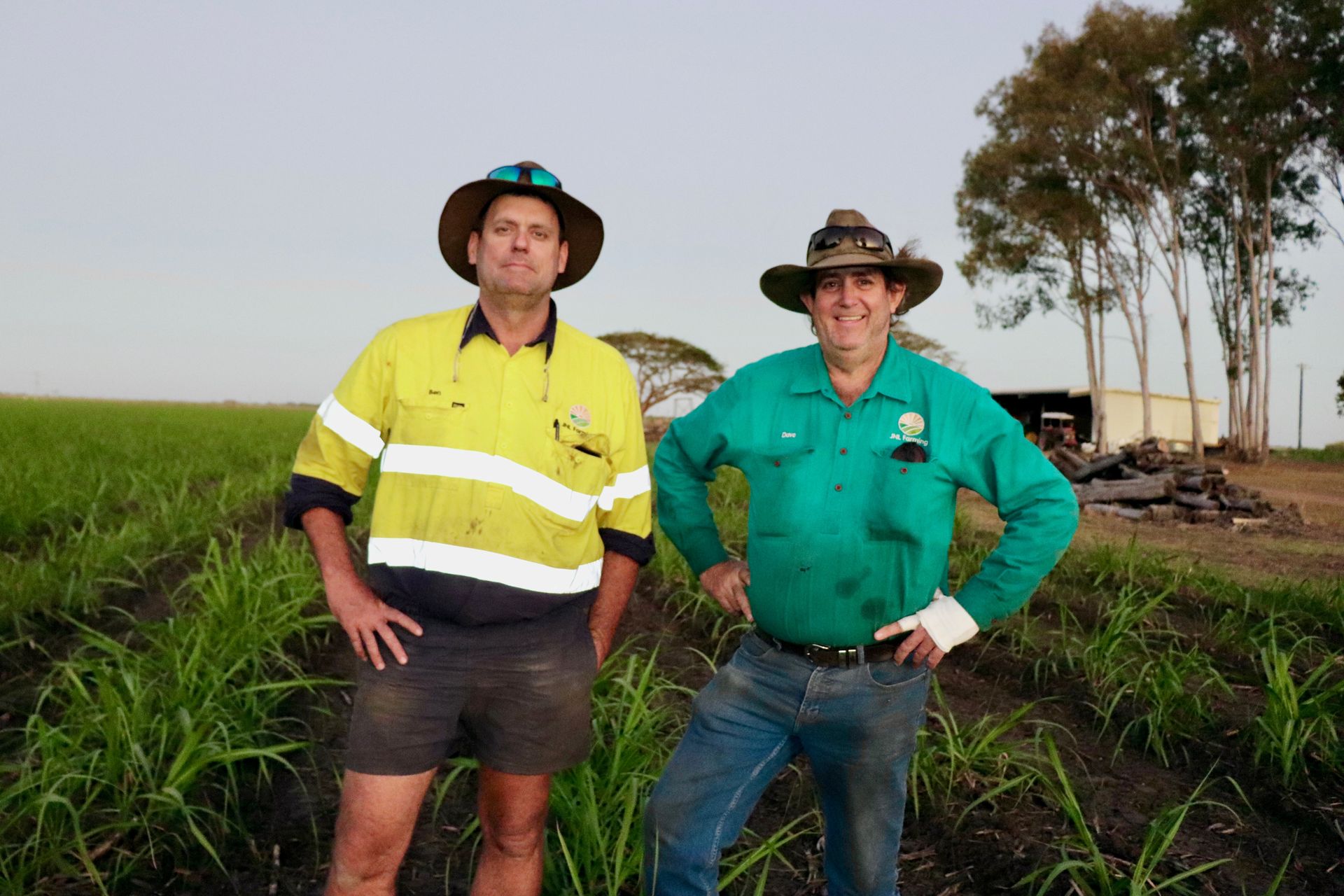1MG FlippingBooks
CRC delivers $121mil in value to sheep industry
Genomic research and high-impact DNA testing products developed by the Cooperative Research Centre for Sheep Industry Innovation ( Sheep CRC ) is set to deliver the sheep industry a boost in value of more than $121 million by 2029.
The figure is the result of an economic analysis undertaken to assess the long-term performance of the Sheep CRC before it closes its doors in mid-2019, and estimates the value based on the present rate of adoption of DNA testing and the impact it will have on productivity from 2015 to 2029.
The study measured the benefits already accrued by the industry as a result of the 2015 commercial release of sheep DNA tests and factored in the cost of R&D and commercialisation of these technologies, arriving at an overall return of $2.55 for every $1 spent by the CRC.
“It should be noted that benefits resulting from genomic technologies are long term and will extend well beyond 2029,” said Sheep CRC CEO Professor James Rowe. “In fact, in the next five years alone the current level of benefit will double in size due to the cumulative and permanent effect of genetic improvement – therefore the estimate of a $2.55 return on every dollar spent by the CRC is considered conservative.”
The use of genomics in the industry has led to increased genetic gains each year, which has in turn increased productivity, enabled the breeding of sheep more resilient to environmental risks and allowed for the ability to select for product quality to get higher prices for meat and wool.
“Over the last five years the price of genomic profiling has fallen from $50 per test to $27, and the number of tests has sky-rocketed with 24,000 genotyping tests sold in 2018, plus a further 75,000 parentage tests,” said Professor Rowe.

















